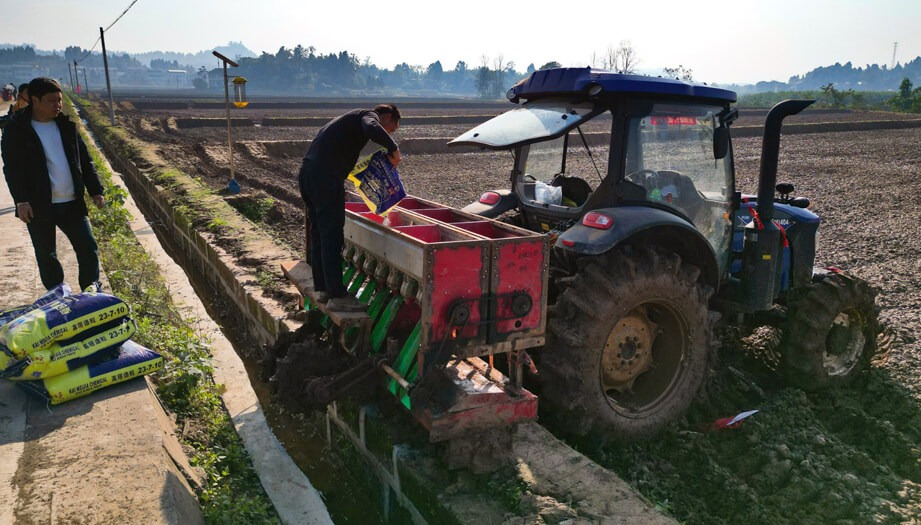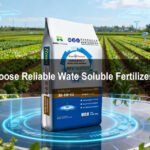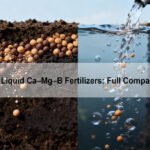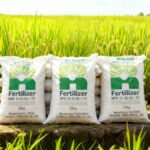Let more growers get greater benefits
The difference between high tower granulation, spray granulation and drum granulation
- Industry News
- October 2, 2015
- 4:45 pm
【Description】


High tower granulation
Solid urea or ammonium nitrate (ammonium nitrate phosphorus, etc.) is heated and melted to become a molten liquid. The corresponding phosphate fertilizer, potassium fertilizer, and other elements are added to the molten liquid. The additives are made into a mixed slurry and sprayed from the top of the granulation tower, so that the surface tension when it is scattered in the tower is cooled and agglomerated into granules and becomes spherical.
Advantages of high tower granulation:
1. Directly use the solution, eliminating the crushing operation and simplifying the production process
2. Make full use of the thermal energy of the solution, the moisture content of the material is very low, and there is no need for a drying process, which greatly saves energy consumption.
3. High-nitrogen, high-concentration compound fertilizers can be produced. The surface of the product particles is smooth and round, the qualified rate is very high, it is not easy to agglomerate, and it is easy to dissolve.ent elements. One application of compound fertilizer can supply at least two or more main nutrient elements to crops at the same time.
Spray granulation
Use evaporation to produce fine particles from the solution or slurry, mainly including the two processes of spraying and drying. The slurry is first sprayed into mist-like micro droplets. When its moisture is evaporated and taken away by hot air, the solid matter in the droplets will gather into dry particles.
Drum granulation
The raw materials are mixed evenly and transported to the drum granulator. Saturated steam is introduced. The extrusion force generated by the rolling causes the materials containing a certain liquid phase to agglomerate into small particles. These small particles become the core and adhere to the surrounding powder to form qualified particles.
TRENDING
TAIAN RISSO CHEMICAL FERTILIZER CO.,LTD
- Address: High-tech Development Zone, Taian City, Shandong Province
© Copyright 2017 RISSO CHEMICAL. All Rights Reserved.







